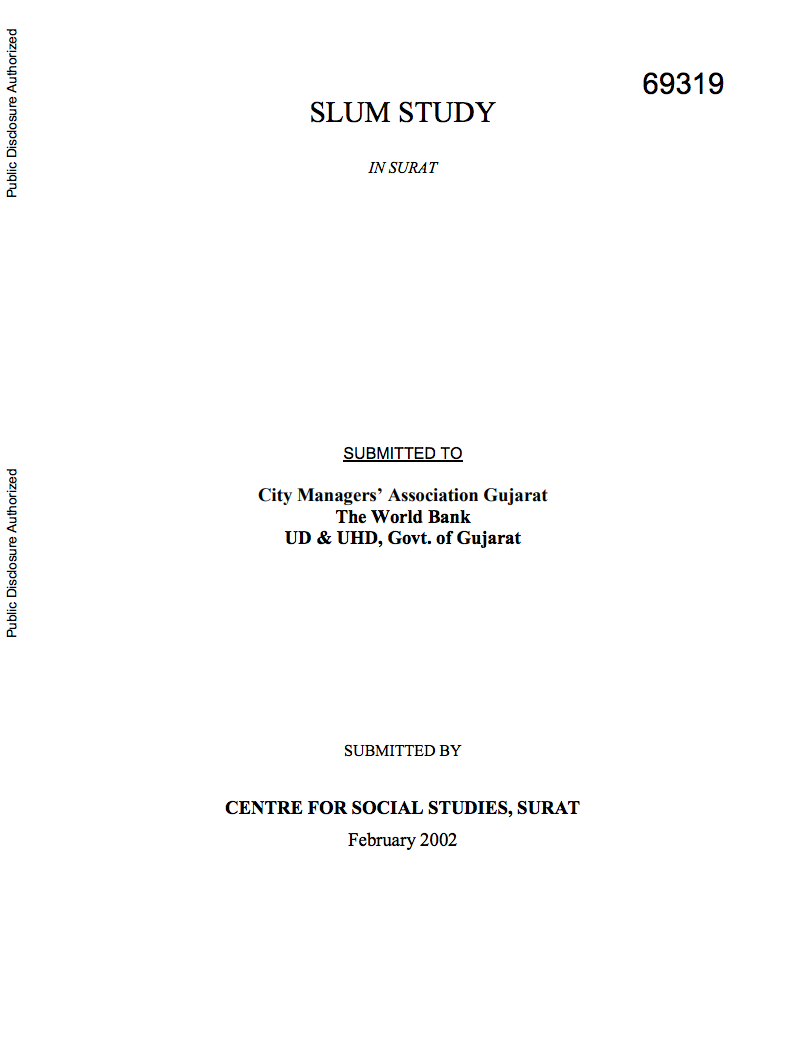Poverty in the Brazilian Amazon: An Assessment of Poverty Focused on the State of Para
The states in the Brazilian Amazon have
made progress in reducing poverty and improving social
indicators in the last decade. Despite this progress, the
poverty rate in the Amazon is among the highest in Brazil.
As of 2000, rural poverty is the greatest challenge. In
Par?, not only is the headcount poverty rate of 58.4 percent
in rural areas more than 55 percent higher than headcount
poverty in urban areas, but also poverty is much deeper in


